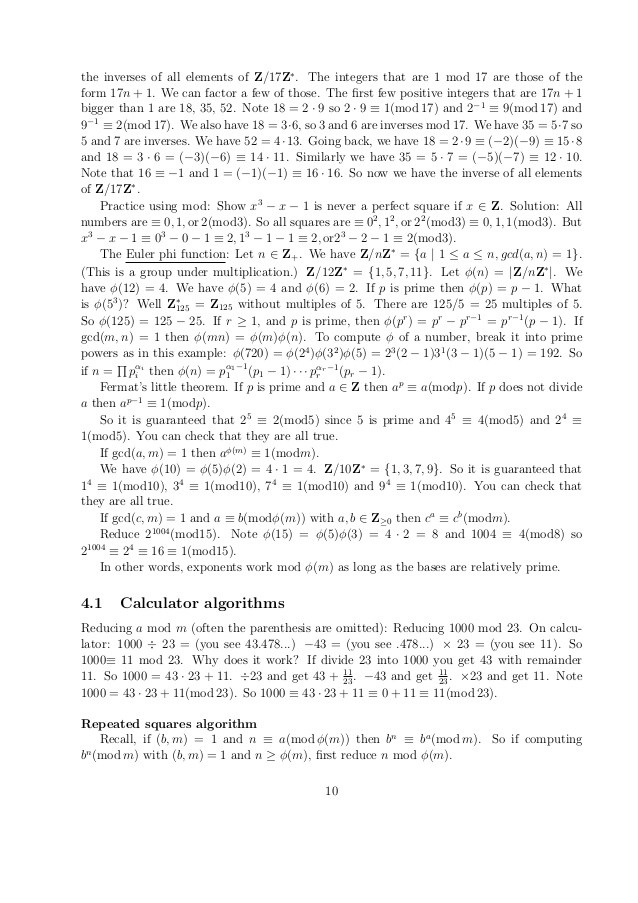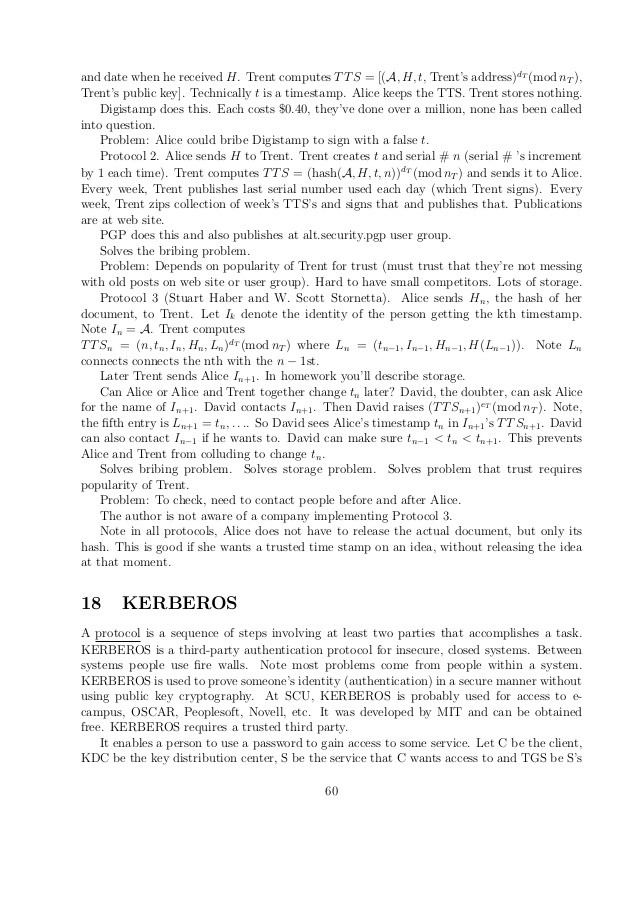Statement 133 Implementation Issue No G19
Post on: 9 Июнь, 2015 No Comment

Statement 133 Implementation Issue No. G19
Affected by:
Statement 133 Implementation Issue No. G26, Hedging Interest Cash Flows on Variable-Rate Assets and Liabilities That Are Not Based on a Benchmark Interest Rate
(Revised December 13, 2006)
QUESTION
If an entity plans to sequentially issue a series of fixed-rate debt instruments as part of the planned roll-over of short-term debt at different fixed rates (thereby resulting in a variable interest expense pattern), is a cash flow hedge of those forecasted issuances of fixed-rate debt subject to the restriction at the end of paragraph 29(h) that does not permit interest rate risk to be the hedged risk if the cash flows of the hedged transactions are explicitly based on an index other than a benchmark interest rate index?
BACKGROUND
Paragraph 29(h) of Statement 133 (as amended by FASB Statement No. 138, Accounting for Certain Derivative Instruments and Certain Hedging Activities ) states, in part:
In a cash flow hedge of a variable-rate financial asset or liability, either existing or forecasted, the designated risk being hedged cannot be the risk of changes in its cash flows attributable to changes in the specifically identified benchmark rate if the cash flows of the hedged transaction are explicitly based on a different index, for example, based on a specific bank’s prime rate, which cannot qualify as the benchmark rate. However, the risk designated as being hedged could potentially be the risk of overall changes in the hedged cash flows related to the asset or liability, provided that the other criteria for a cash flow hedge have been met.
The last sentence of paragraph 21 of Statement 138 states:
. if the cash flows on the hedging instrument and the hedged cash flows of the existing financial asset or liability or the variable-rate financial asset or liability that is forecasted to be acquired or issued are based on different indexes, the basis difference between those indexes would affect the assessment and measurement of hedge effectiveness.
Paragraphs 153-161 of Statement 133 present an example of hedging the changes in a cash flow hedge of forecasted interest payments with an interest rate swap. Paragraph 154 describes the scenario as follows:
MNO Company enters into an interest rate swap and designates it as a hedge of the variable interest payments on a series of $5 million notes with 90-day terms. MNO plans to continue issuing new 90-day notes over the next five years as each outstanding note matures. The interest on each note will be determined based on LIBOR at the time each note is issued. [The swap] requires a settlement every ninety days, and the variable interest rate is reset immediately following each payment. MNO pays a fixed rate of interest (6.5%) and receives interest at LIBOR. MNO neither pays nor receives a premium at inception of [the swap]. The notional amount of the contract is $5 million, and it expires in 5 years.
Paragraph 155 of Statement 133 (as amended) describes the application of hedge accounting as follows:
Because [the swap] and the hedged forecasted interest payments are based on the same notional amount, have the same reset dates, and are based on the same benchmark interest rate designated under paragraph 29(h), MNO may conclude that there will be no ineffectiveness in the hedging relationship (absent a default by the swap counterparty). (Emphasis added.)
Example 8 of Statement 133 illustrates that an entity may hedge the risk of changes in the coupon payments attributable to changes in the benchmark interest rate related to the forecasted issuance of fixed-rate debt when the interest rate at the issuance of the fixed rate debt is based on the benchmark interest rate.
Commercial Paper
Commercial paper and similar markets present an opportunity for highly rated borrowers, or those with high quality collateral, to consistently obtain low-cost short-term financing. Similarly, investments in these instruments provide a high-quality short-term investment vehicle. Frequently, derivative contracts (typically interest rate swaps, or purchased caps or floors) are used to hedge the forecasted interest payments or receipts arising from future issuances or future investments.
Commercial paper and similar instruments are issued on a fixed-rate discounted basis with relatively short contractual maturities (for example, from 7 to 270 days). That is, the issuer receives a single discounted amount as proceeds of the issuance and makes a single payment of the stated amount at maturity. There are no periodic interest payments; thus, those instruments are effectively zero-coupon instruments. In this Issue, the phrase issuance of fixed-rate debt includes the issuance of a zero-coupon instrument because the interest element in a zero-coupon instrument is fixed at its issuance.

The interest rate is established for each issuer based on market conditions that exist at the time of issuance. Although commercial paper interest rate indices exist, they represent the average rates paid by selected issuers at a point in time. In other cases, the depth of the markets and the consistency of collateral lead to very tight bid-ask interest rate quotes. In any of these cases, however, the actual rate paid by any particular issuer reflects the market’s perception of the liquidity, credit, and other risks that are unique to the issuer or the transaction on any given day.
Issuers and investors in commercial paper typically issue and invest in very large volumes and actively manage their funding programs. A typical commercial paper program will involve daily issuances of a broad range of maturities of paper so as to balance the objectives of achieving the lowest cost of funds and a target average maturity of the portfolio of outstanding commercial paper.
A company with a rolling commercial paper program may wish to hedge the risk of changes in the interest element of the final cash flows at maturity attributable to changes in the benchmark interest rate related to each of the forecasted issuances of fixed-rate commercial paper (that is, zero-coupon instruments).
Certificates of Deposit
Certificates of Deposit (CDs) are an important source of funds for banks and savings institutions. CDs generally have a stipulated maturity and a fixed interest rate that is payable either periodically or at maturity. A bank with CDs may wish to hedge the risk of changes in the coupon payments (or the interest element of the final cash flow if interest is paid only at maturity) attributable to changes in the benchmark interest rate related to the forecasted issuance of fixed-rate CDs. The interest rate of the CDs actually issued will be based on market conditions that exist at the time of issuance. Influences such as market appetite, the bank’s liquidity and needs, and other CD rates at other banks may have an effect on the actual fixed interest rate on the date of issuance.
RESPONSE
No. The restriction against hedging interest rate risk in paragraph 29(h) of Statement 133 is not intended to apply to scenarios whereby the cash flow hedging model is being applied to the forecasted issuance of fixed-rate debt. Provided the entity meets all the other cash flow hedging criteria, an entity may hedge the risk of changes in either (a) the coupon payments (or the interest element of the final cash flow if interest is paid only at maturity) or (b) the total proceeds attributable to changes in the benchmark interest rate related to the forecasted issuance of fixed-rate debt. It should be noted that the derivative used to hedge either of these risks must provide offsetting cash flows in order for the hedging relationship to be effective in accordance with paragraph 30 of Statement 133.
Paragraph 29(h) of Statement 133 (as amended) states, the designated risk being hedged cannot be the risk of changes in its cash flows attributable to changes in the specifically identified benchmark rate if the cash flows of the hedged transaction are explicitly based on a different index. Since the contractually fixed interest rate established at the issuance of the fixed-rate debt is based on current market interest rates for that debtor and the debt’s future interest payments will not be variable explicitly based on any index, the prohibition does not apply. As indicated in paragraph 29(h), the prohibition is applicable to variable-rate debt for which the hedged interest payments are explicitly based on an index other than a benchmark interest rate index. (The restriction against hedging interest rate risk in paragraph 29(h) of Statement 133 is similarly not intended to apply to scenarios whereby the cash flow hedging model is being applied to the forecasted purchase of fixed-rate debt.)
Some entities may wish to characterize their variable-rate debt as fixed-rate debt that, at each interest reset date, is effectively rolled over to another issuance of fixed-rate debt that has a new fixed interest rate until the next reset date. Such a characterization cannot justify not applying the restriction against hedging interest rate risk in paragraph 29(h) to variable-rate debt. For example, consider an entity with existing variable-rate debt that is prepayable, resets monthly based on a specified bank’s Prime Rate plus one percent as of the beginning of each month, and matures in five years. Although the variable-rate debt does, after each reset, have a fixed rate for each monthly period, it is inappropriate to characterize that debt as a series of fixed-rate debt instruments whose issuances would not be subject to the restriction against hedging interest rate risk in paragraph 29(h). When each reset occurs, it is not a new issuance of fixed-rate debt based on current market interest rates for that debtor; instead, it is a contractual continuation of a debtor-creditor relationship and the fixed rate for each month is explicitly (and contractually) based on a specific index (a specified bank’s Prime Rate) that is different from a designated benchmark interest rate. Thus, the restriction against hedging interest rate risk in paragraph 29(h) must be applied to the variable-rate debt instrument.
The above response has been authored by the FASB staff and represents the staff’s views, although the Board has discussed the above response at a public meeting and chosen not to object to dissemination of that response. Official positions of the FASB are determined only after extensive due process and deliberation.














